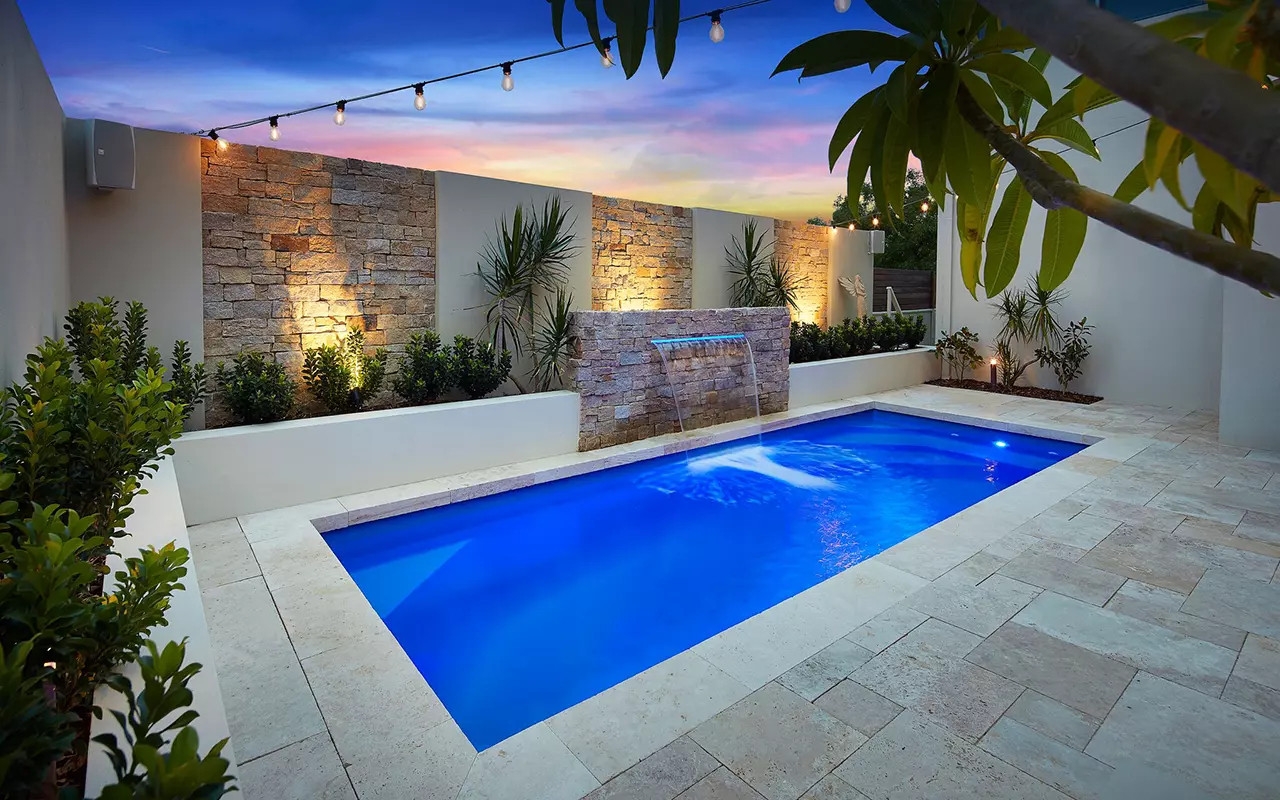

When it comes to deciding between a fibreglass and concrete pool, cost is one of the key factors that homeowners consider. Fibreglass pools are generally more affordable upfront compared to concrete pools. The installation process for fibreglass pools is quicker and requires less labor, which can help reduce overall costs.
On the other hand, concrete pools are typically more expensive to install due to the complex construction process involved. Concrete pools require extensive excavation and reinforcement, which can drive up costs significantly. Additionally, maintenance and repair costs for concrete pools tend to be higher over time compared to fibreglass pools.
While fibreglass pools may be cheaper initially, it's important to consider long-term costs as well. Fibreglass pools have a smooth surface that is resistant to algae growth, reducing the need for costly chemical treatments. They also require less frequent resurfacing compared to concrete pools, which can save money in the long run.
Ultimately, the choice between a fibreglass and concrete pool will depend on your budget and preferences. If you're looking for a more cost-effective option with lower maintenance requirements, a fibreglass pool may be the way to go. However, if you're willing to invest more upfront for a customizable and durable pool, then a concrete pool might be worth considering.
In conclusion, when comparing the cost of fibreglass and concrete pools, it's important to weigh both the initial installation expenses and long-term maintenance costs. By considering your budget and desired level of upkeep, you can make an informed decision on which type of pool is right for you.
Another important consideration when choosing between fibreglass and concrete pools is the installation time and the ability to customize.
Installation Time: Fibreglass pools are much quicker to install. Since the shells are pre-manufactured, they can be installed in as little as a few days once the site is prepared. This rapid installation is a significant advantage for homeowners eager to enjoy their new pool without enduring a lengthy construction process.
Concrete pools, on the other hand, are built on-site, which can take several months. The process involves constructing a rebar framework, applying a gunite or shotcrete coating, and then finishing with plaster and tiles or a similar surface. This lengthy process can be influenced by weather conditions, further extending the installation time.
Customization: Concrete pools shine in terms of customization. They can be designed in any shape, size, or depth and can include customized features such as built-in seats, unusual shapes, and bespoke finishes. This makes concrete pools ideal for specific landscaping themes or for fitting into irregular spaces.
Fibreglass pools come in pre-molded shapes and sizes, which limits customization but ensures a controlled quality and finish that can be replicated exactly from one pool to the next. While offering less flexibility in design, the range of shapes and sizes has grown significantly, allowing most homeowners to find an option that suits their needs.
For those who value quick installation and simpler maintenance, fibreglass pools are an excellent choice. However, for homeowners who want a unique pool tailored to specific dimensions and styles, concrete pools are the better option.
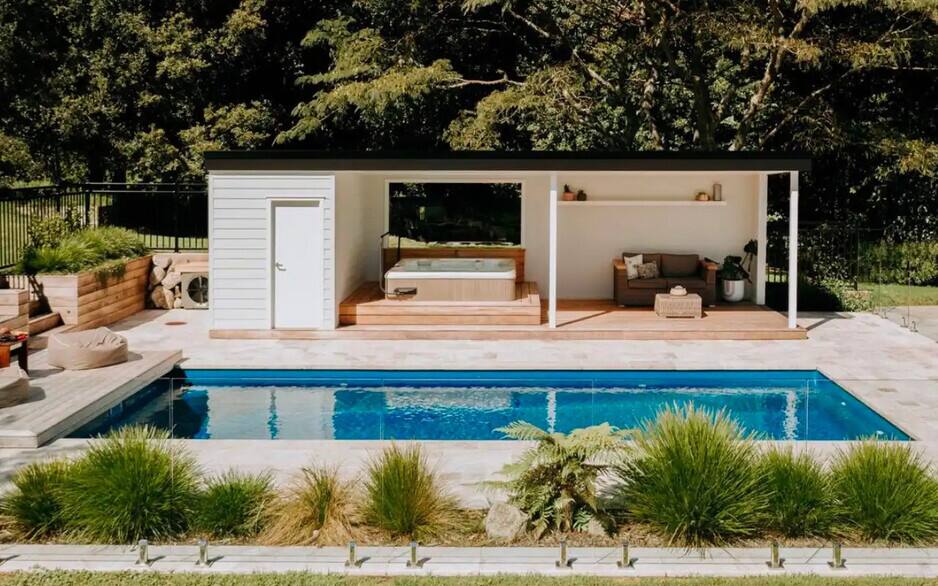
Choosing to install a DIY pool over hiring professionals in Australia can offer a range of benefits, one of the most significant being the potential for higher resale value of your home.. By taking on the project yourself, you have the opportunity to save on labor costs and invest more money into high-quality materials and equipment for your pool.
Posted by on 2024-11-24
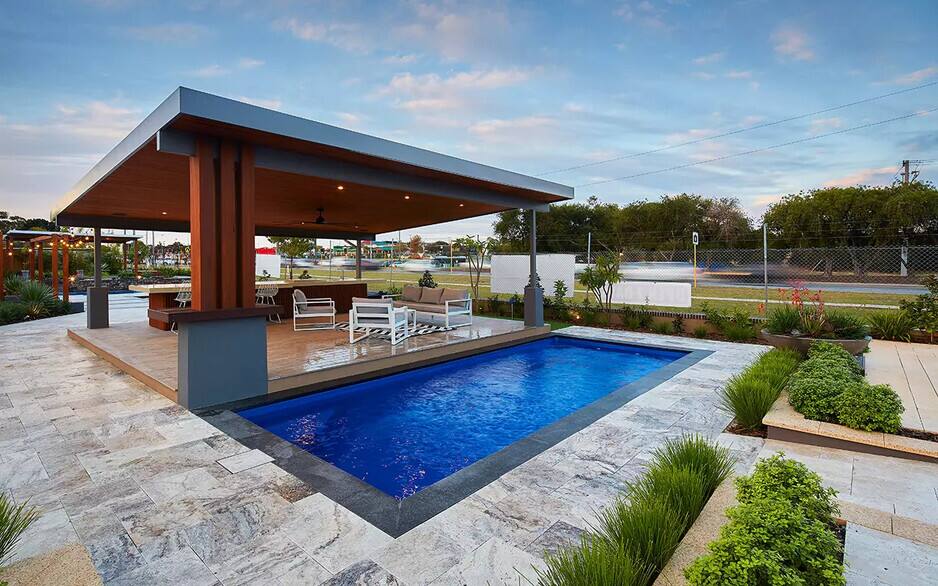
When it comes to installing a DIY pool in Australia, the process for obtaining permits is crucial.. One of the key steps in this process is completing final inspections and obtaining a certificate of compliance.
Posted by on 2024-11-24
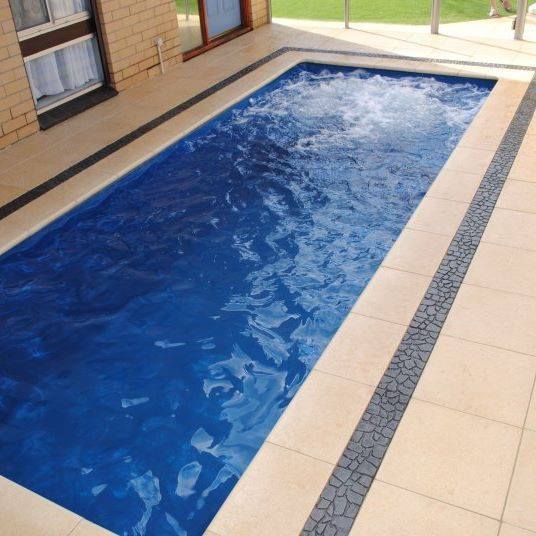
When considering the best location for installing a DIY pool in Australia, one of the key factors to take into account is cost.. Different locations within Australia can have varying costs associated with installing a pool due to factors such as land availability, soil conditions, and labor expenses. In urban areas like Sydney or Melbourne, the cost of installing a pool may be higher compared to regional areas due to higher land prices and limited space for construction.
Posted by on 2024-11-24
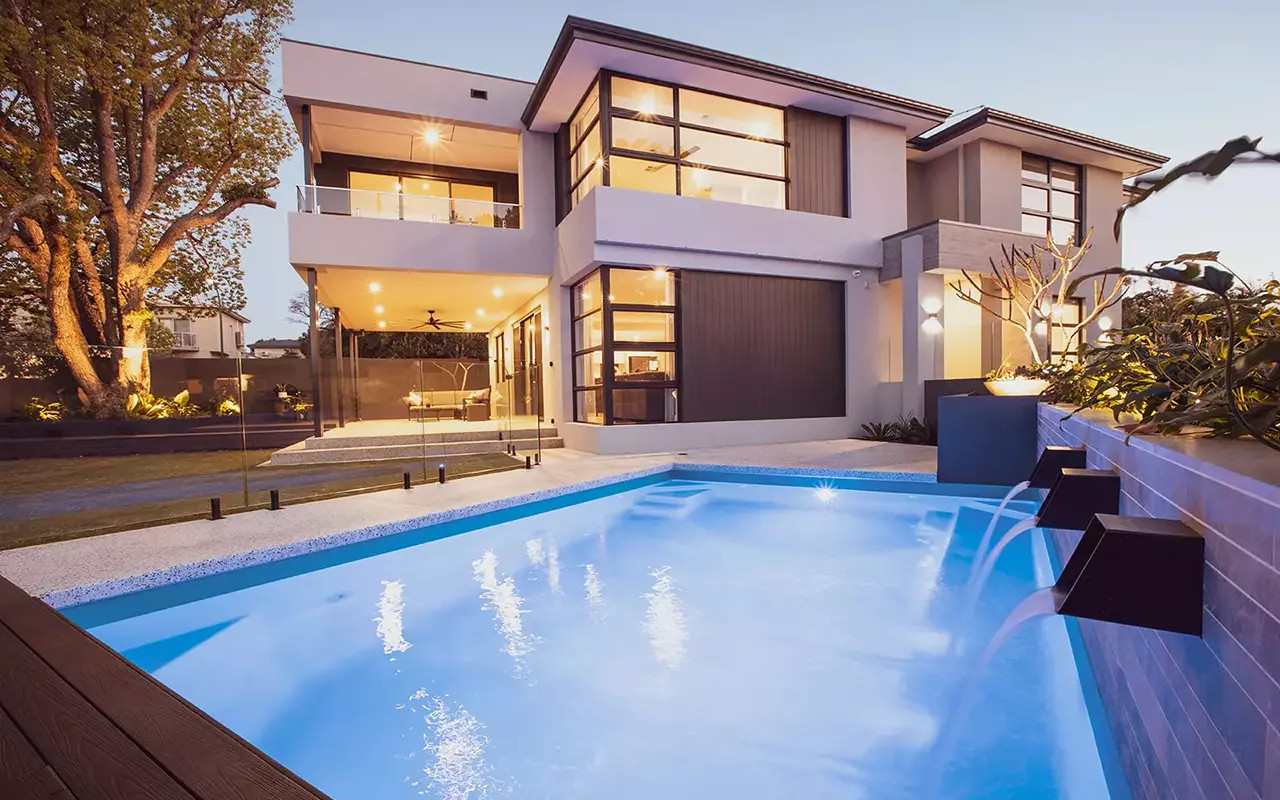
Building a DIY pool in Australia can be a fun and rewarding project, but it's important to keep costs in mind.. Here are some tips for saving money on DIY pool construction: Research and plan carefully: Before you start building your pool, make sure to do thorough research on the materials and equipment you will need.
Posted by on 2024-11-24
| Neerabup Perth, Western Australia | |||||||||||||||
|---|---|---|---|---|---|---|---|---|---|---|---|---|---|---|---|
 Agricultural land on Wattle Avenue | |||||||||||||||
 | |||||||||||||||
| Coordinates | 31°41′28″S 115°46′37″E / 31.691°S 115.777°E | ||||||||||||||
| Population | 112 (SAL 2021)[1] | ||||||||||||||
| Postcode(s) | 6031 | ||||||||||||||
| Area | 34 km2 (13.1 sq mi) | ||||||||||||||
| Location | 36 km (22 mi) from Perth CBD | ||||||||||||||
| LGA(s) | City of Wanneroo | ||||||||||||||
| State electorate(s) | Mindarie | ||||||||||||||
| Federal division(s) | Pearce | ||||||||||||||
| |||||||||||||||
Neerabup is a rural locality in Perth, the capital of Western Australia, within the local government area of the City of Wanneroo.
Prior to European settlement, the Noongar people had lived in the area for more than 40,000 years, taking advantage of the abundant food and water around the chain of wetlands on the coastal plain. In winter, they moved eastwards away from coastal weather, to return in summer as inland supplies dried up. The Mooro people (led by elder Yellagonga during the early years of European settlement) stretched from the Moore River near Guilderton to what is now the Perth central business district, and used to move between Lakes Joondalup, Neerabup and Yanchep.
In 1865, European settlers established the Aboriginal tracks as a stock route from Dongara to Fremantle, travelling along the west side of the lakes. Lake Neerabup was first recorded by surveyor J. Cowle in 1867, the name being a Noongar word which possibly means "swampy place" or "small basin". The part of the stock route between Joondalup and Yanchep is now part of the Yaberoo Budjara Heritage Trail, part of the Bicentennial Heritage Trails Network established in 1988.[2]
The area was often spelled Neerabub, especially by postal and telecommunications authorities, until as recently as the 1960s. It was approved as a suburb name in 1982.[3]
Neerabup is bounded by Wattle Avenue to the north, the Mitchell Freeway to the west, Pinjar Road to the east and Flynn Drive and Burns Beach Road to the south.[4]
Neerabup's population was not measured at the 2001 Australian census.[5]
Neerabup is a sparsely populated agricultural suburb. Several plant nurseries, a fruit and vegetable shop at Menchetti Road and the Neerabup Lake wetland are situated along Wanneroo Road. The western strip between Wanneroo Road and the proposed Mitchell Freeway is approximately the southern half of the Neerabup National Park. The area also contains a golf course, small wineries, a small industrial area on Flynn Drive and several sand and limestone quarries.
Neerabup is home to the Wanneroo Raceway, a 2,411-metre (1.498 mi) road racing circuit. Wanneroo Raceway, which opened in 1969, is the home of motor racing in Western Australia and hosts an annual round of the Supercars Championship.
Neerabup is also home to the Pinjar Park Speedway which opened in 2005. Pinjar Park is a 142-metre (155 yd) Motorcycle speedway which regularly hosts national and international meetings and caters to both senior and junior solo and sidecar racing. Pinjar Park is considered small for a speedway in Australia, with most tracks around the country ranging from 350 metres (380 yd) to 600 metres (660 yd) in length. For the bikes, the speedway replaced the old 550-metre (600 yd) Claremont Speedway which had run from 1927 until 2000, and the Bibra Lake Speedway which closed in 2004.
Neerabup is not served by public transport. The nearest Transperth bus service is the 391 between Joondalup train station and Carramar 2 kilometres (1.2 mi) to the south. These services are operated by Swan Transit.
Neerabup's political leanings are unclear due to its small size and the lack of a polling booth. The nearest large booths tend to favour the Australian Labor Party historically, although most have been won by the Coalition in recent times, especially at federal level.
Factors to consider include budget, installation time, durability, customization options, and long-term maintenance costs.